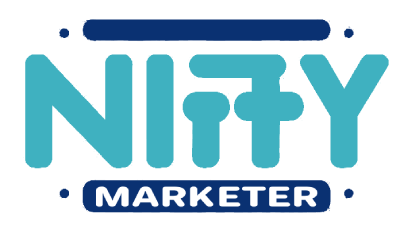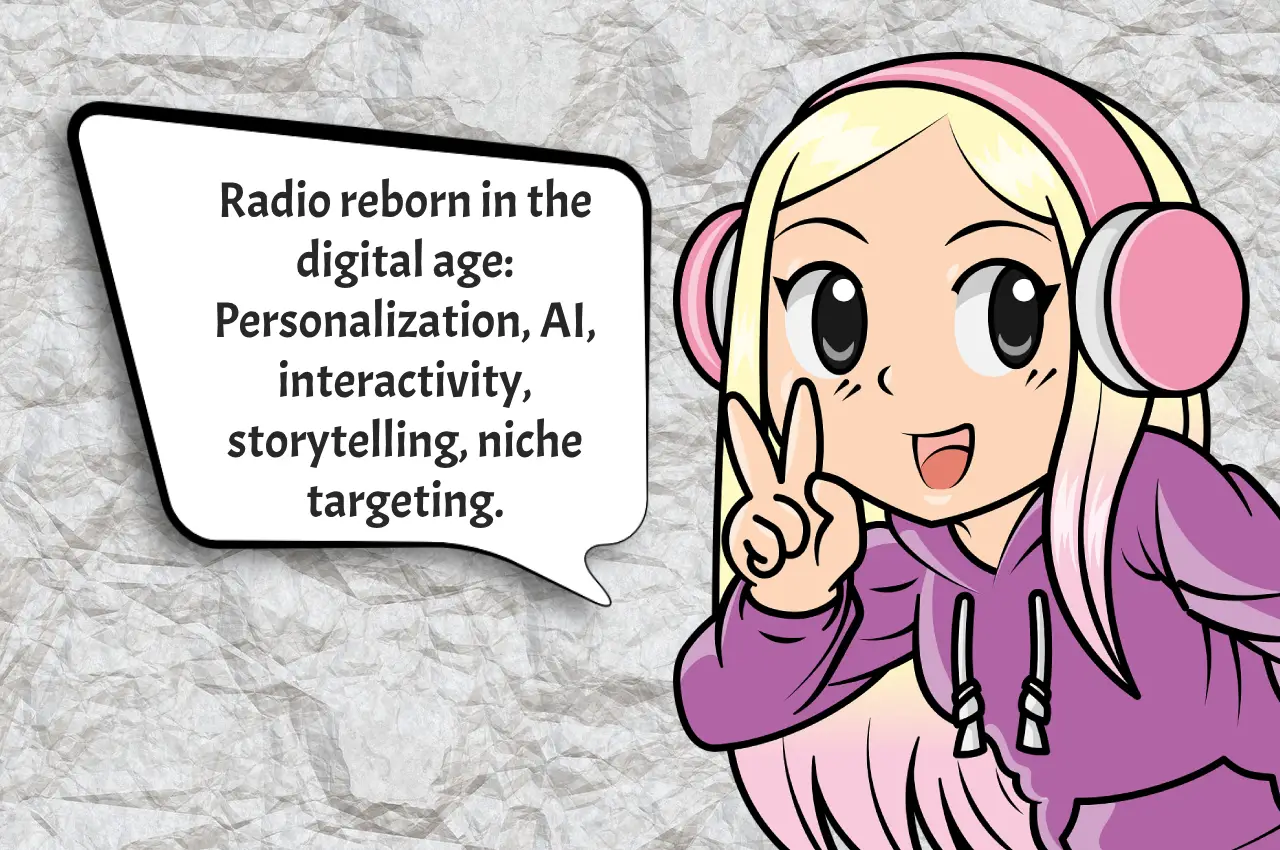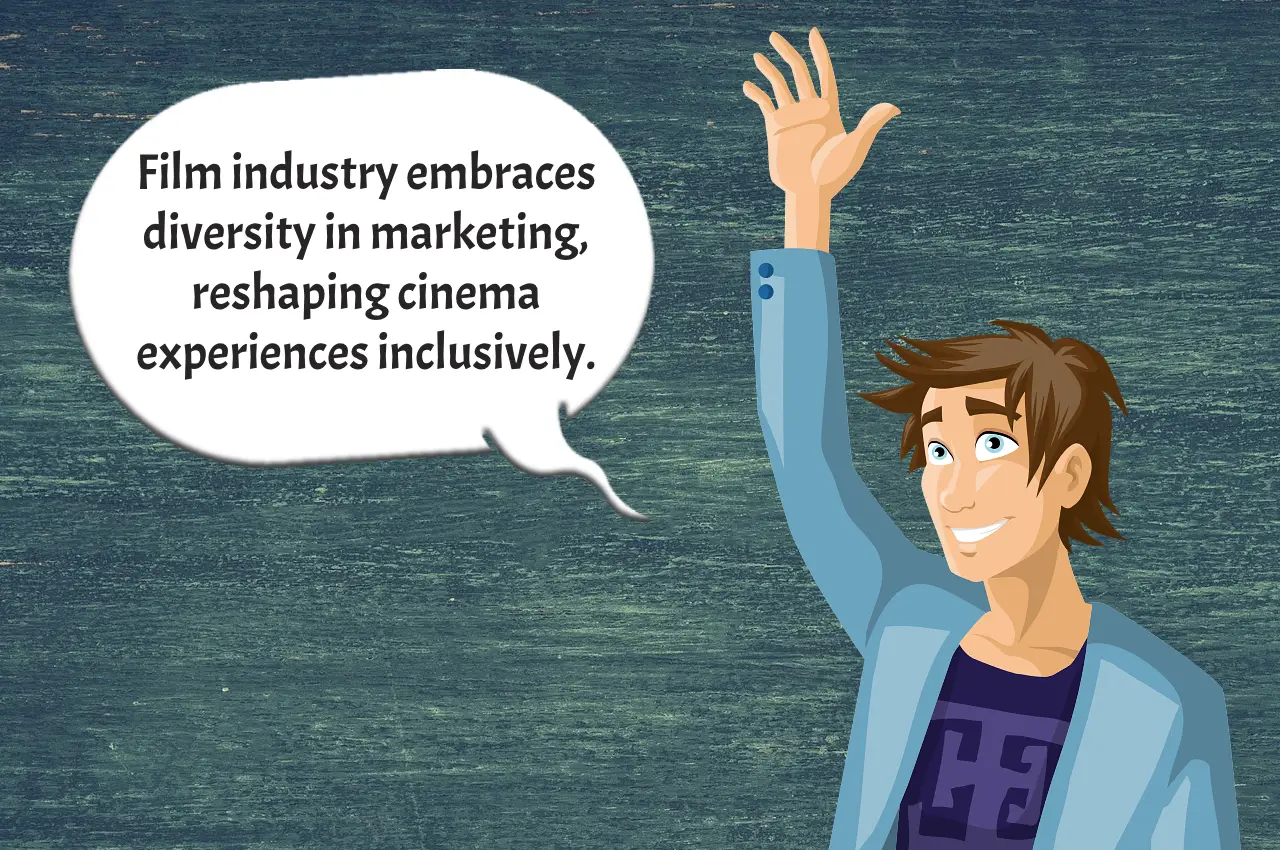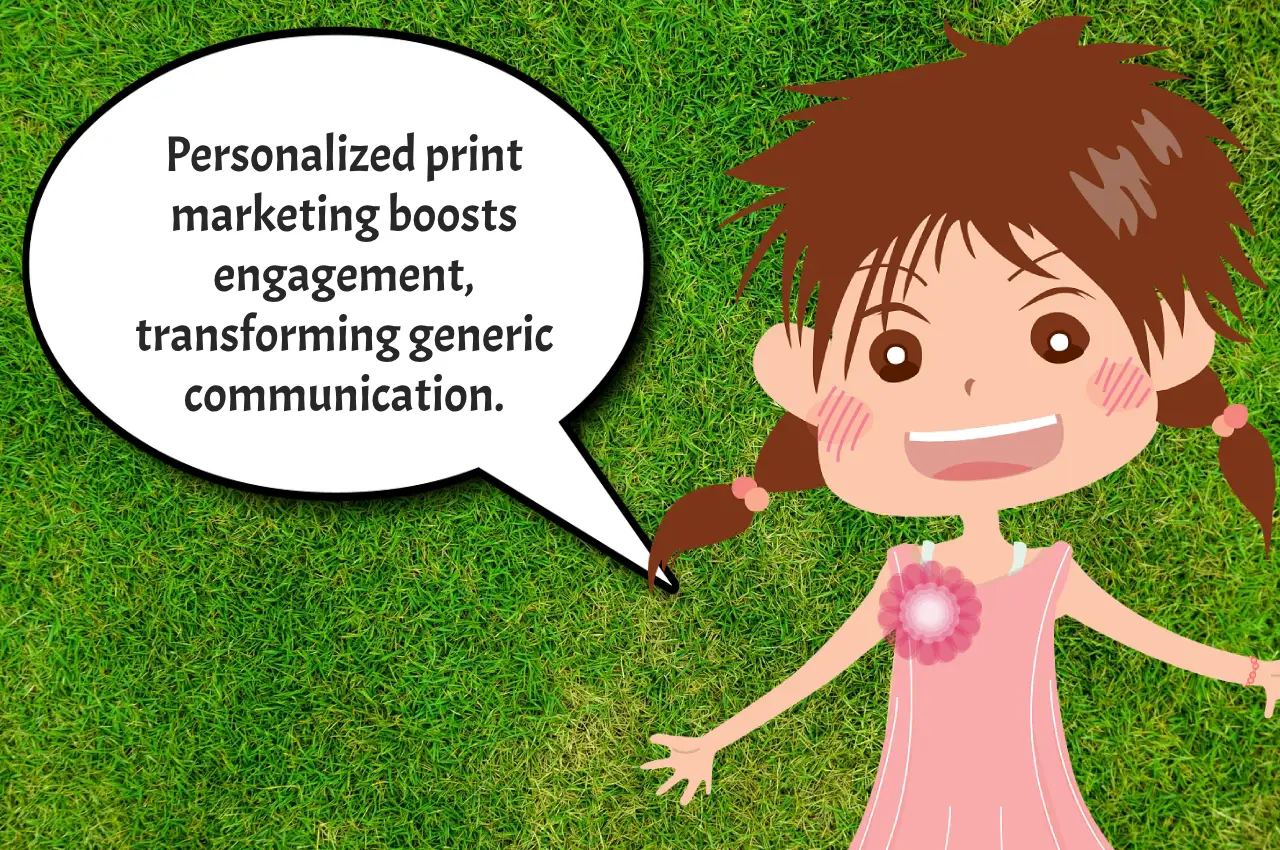Radio, a century-old medium, is undergoing a transformation. In this digital era, it’s not just about tuning in; it’s about engaging and interacting. This blog post delves into the innovative trends reshaping radio marketing.
Personalization: The Heart of Modern Radio Marketing
Personalization is key in today’s marketing landscape. With data analytics, radio stations now offer tailored content. This means ads that resonate with listeners’ preferences and lifestyles. Imagine a sports enthusiast hearing ads for the latest athletic gear, while a cooking buff gets ads for gourmet food services. This personalization not only enhances listener experience but also boosts ad effectiveness.
Artificial Intelligence: The Game-Changer
AI is revolutionizing radio marketing. It’s not just about selecting music anymore. AI algorithms analyze listener behavior, predicting preferences and suggesting content. This tech goes beyond traditional demographics. It understands moods, contexts, and even weather conditions to tailor ads. For instance, on a rainy day, you might hear ads for cozy indoor activities or local cafes.
Interactive Content: Engaging Listeners Like Never Before
Radio is becoming a two-way street. Interactive content allows listeners to engage directly with the station. Polls, contests, and call-in segments make listeners feel heard and valued. A classic example is a local station that ran a contest for the best homemade pizza recipe. Listeners voted via an app, fostering a community feeling.
Storytelling: The Emotional Connect
Storytelling in ads creates emotional connections. Radio has always been a storytelling medium. Now, ads are more like mini-stories, resonating with listeners on a deeper level. A memorable campaign was for a pet adoption agency. It featured heartwarming stories of pets finding homes, connecting with animal lovers and driving adoption rates up.
Niche Targeting: Speaking to the Right Audience
Radio is embracing niche targeting. Stations are catering to specific interests, from indie music lovers to tech enthusiasts. This targeted approach means ads reach the most relevant audience. An example is a station dedicated to eco-friendly living, featuring ads for sustainable products and services.
Podcasts and On-Demand Audio: The New Frontier
Podcasts and on-demand audio are changing the game. They offer new platforms for radio-style content and advertising. Brands now sponsor entire podcast series or segments, reaching dedicated listeners. A tech company sponsoring a popular science podcast is a perfect illustration. It aligns the brand with innovation and curiosity.
Social Media Integration: Expanding Reach
Social media is a powerful tool for radio marketing. Stations use platforms like Twitter and Instagram to interact with listeners. This integration expands the reach of radio content. A station might share behind-the-scenes photos or host live Q&A sessions, creating a community beyond the airwaves.
The Future is Here: Voice-Activated Devices
Voice-activated devices like smart speakers are the future of radio. They offer a new way to access radio content. Users can listen to their favorite station or podcast with a simple voice command. This convenience is transforming how people interact with radio.
Sustainability: Eco-Friendly Marketing
Sustainability is becoming a focus in radio marketing. Stations promote eco-friendly practices and partner with green brands. This approach not only appeals to environmentally conscious listeners but also sets a standard for the industry.
Embracing Change for a Brighter Future
Radio marketing is evolving rapidly. By embracing new technologies and trends, it remains a relevant and powerful medium. As we look to the future, the possibilities are endless.
Now, we want to hear from you! What are your thoughts on these innovations in radio marketing? Share your insights and experiences in the comments below. Let’s continue the conversation and explore what the future holds for this dynamic industry!





